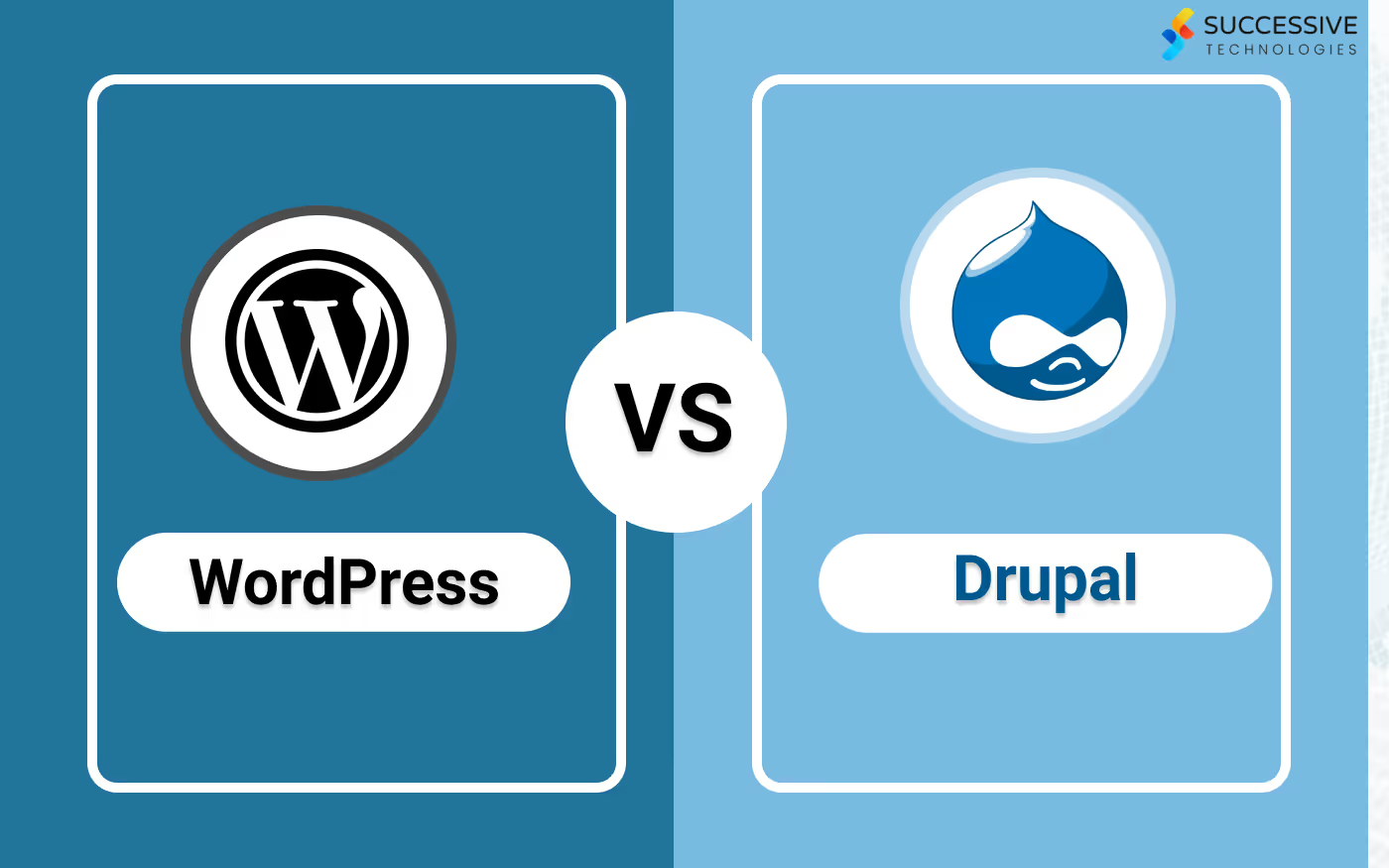Technological advances in the ever-growing real estate industry have helped reshape business practices. Among those developments, virtual real estate tours and integrating augmented reality (AR) into architecture and design techniques stand out as transformative forces. This blog explores the growth of potential of digital transformation in real estate, exploring the presence of AR in numerous aspects of visualization and design; it also examines the myriad benefits for retailers and buyers and highlights the advantages of construction innovation through immersive technology and sustainable development along with the future impact of these technologies on the real estate market.
The Rise of Virtual Tours in Real Estate
The emergence of virtual tours brought a new twist to traditional property search activity. Real estate brokers and agents now use the latest technology to provide immersive and interactive learning experiences for potential buyers. Virtual tours allow potential buyers to find accommodations from the comfort of their homes and give them a 360-degree view of the building. They also extend the property listings beyond geographical barriers.Utilizing high-quality imagery, 3-D modeling, and VR technology, real estate virtual tours have become a valuable promotional tool for marketing properties, allowing potential customers to walk into residences the way it is done, analyze everything, and get a practical understanding of the space. This has proven particularly useful where physical visits can be difficult, majorly for cross-border buyers.
Use of AR for Visualization in Construction and Design
Augmented reality (AR) has emerged as a transformational force in creativity and design, presenting a variety of technological endeavors that advance imaging techniques in construction innovation. Let’s explore the subtle ways AR can be used, providing an in-depth knowledge of its technical advantages and challenges.
BIM Integration:
AR seamlessly combines building information modeling (BIM), a digital representation of a building’s physical and objective properties. This integration allows creative professionals and architects to overlay BIM models on a real-world construction site. Participants can instantly simulate complex events deliberately magnified in the physical realm using AR devices with AR glasses or smart tablets. This not only facilitates the accurate placement of components into the virtual real estate but also drives real-time collaboration among project team members in the property market.
Real-time Data Overlay:
In architecture and design, AR overlays real-time realities in a physical environment. This data can include work schedules, material specifications, or other information from construction sites. For instance, workers holding AR-enabled devices can see basic tasks, completion milestones, safety guidelines, and relevant information directly in their line of sight. This real-time data overlay assures that all stakeholders are fully informed and can make decisions based entirely on the most recent and accurate facts.
On-site Design Modification:
One of the best AR immersive technology benefits in design is the ability to handle on-site modifications in virtual real estate designs. Designers can use AR gear to simulate proposed changes directly in an existing environment. This allows for rapid consideration of design changes, ensuring that the changes align with any original vision and realistic proposals. This real-time flexibility supports the efficiency of the planning process, reducing the need for time-consuming iterations.
Spatial Awareness and Measurement:
AR supports spatial awareness in construction environments by providing accurate measurements and spatial information. AR devices allow experts to accurately analyze distances, shapes, and spatial relationships more accurately. This attribute is especially valued in the design and construction processes, assisting in correctly placing design elements and ensuring compliance with design specifications. AR's spatial focus ability also helps to reduce errors in the optimized use of physical space.
Interactive 3-D Graphics:
Immersive technology enables the introduction of interactive 3-D models that can be superimposed on physical environments. This allows all stakeholders in real estate development to explore unique design features dynamically and interactively. Architects and designers can use AR to present a digital walkthrough of the proposed design to reveal relevant features, materials, and finishes. This engaging, interactive experience creates a deep knowledge of design thinking between professionals and prospects.
Remote Collaboration:
AR allows people to work remotely, regardless of their physical location. Designers, architects, and product teams can collaborate in real time by sharing best practices within the enterprise. It’s not necessarily always easy to speed up the design and creation process in remote set-up, however, it allows for seamless communication, even if the team members are geographically dispersed. Remote collaboration through augmented reality contributes to the latest construction innovation solutions for sustainable and flexible communication channels in modern property market.
Safety Planning and Visualization:
AR plays an essential role in safety management and construction design. Safety procedures, evacuation procedures, and potential hazards must be communicated in physical space, and employees must be provided with complete safety information. This approach to safety planning increases site awareness and reduces potential hazards, contributing to a more secure work environment.
Benefits of Immersive Technology to Realtors and Buyers
Integrating virtual tours and AR technology into virtual real estate offers many benefits for retailers and buyers.
For Realtors:
- Increased Property Exposure: Virtual tours go beyond geographic barriers, allowing retailers to showcase properties to an international target audience as well. This allows strategic promotions to speed up sales and broaden the customer base.
- Time and Cost Savings: Virtual tours eliminate the need for physical displays for each potential customer. This conveniently saves time for real estate agents and reduces related costs, including travel expenses and staging.
- Enhanced Marketing: Immersive technology improves advertising and marketing efforts, allowing brands to stand out in a competitive marketplace with technology-driven offerings. High-quality images and interactive experiences make a lasting impression on potential customers.
For Buyers:
- Convenience: Clients can explore more properties without the hassle of leaving their homes every time. This is significantly beneficial for cross-border clients or professionals for those who are tight on time.
- Informed Decision-Making: Virtual tours provide a better view of a property, allowing buyers to explore more closely and gain a real sense of the location. This helps in making more informed choices.
- Reduced Disappointment: Virtual tours minimize the potential for frustration in a physical tour. Buyers have an explicit property profile before they learn to take the time to invest in their go.
Future Implications for the Real Estate Market
Advancements in VR and AR Technologies:
As VR and AR technologies continue to rise, immersion and realism in the digital world will increase significantly. This could change consumer behavior, with digital tours becoming the preferred method of search in the property market.
AR in Property Development:
AR for product improvement will likely become more common. Real estate stakeholders can use AR to display customized online promotions on the actual site, allowing potential clients to see a sneak peek into the neighborhood or community.
Customization and Personalization:
Virtual tours can be designed to offer customized experiences based primarily on individual choices. AI algorithms can additionally analyze customer behavior in virtual tours to match future expectations, making for a more personalized and engaging journey.
Integration with AI and Big Data:
Digital tours combined with artificial intelligence (AI) and big data could revolutionize how virtual real estate will transform the global property market. AI algorithms can analyze the information consumers expect from virtual visits, allowing for new, focused, and effective advertising and marketing strategies.
AR for Home Improvement:
Augmented reality applications must extend beyond property purchases to home improvements. Customers can use AR to visualize repairs and modifications before they buy, facilitating more accessible and more informed choices and planning.The rise of virtual tours in real estate and the integration of immersive technologies in architecture and planning marks a transformational shift for the property market. This has transformed the most effective advertising and brand perceptions and fits nicely into the business and design process. The benefits for retailers and customers are evident in increased throughput, time and money savings, and more informed decisions. The advances of the virtual real estate era and the blend of AI and big data promise to redefine how properties are advertised and enhanced. Advancing such intervening technologies is not always as easy to reshape the real estate landscape but at the same time, it initiates new possibilities for real estate stakeholders to shape the next digital future of construction.
.avif)










.jpg)









